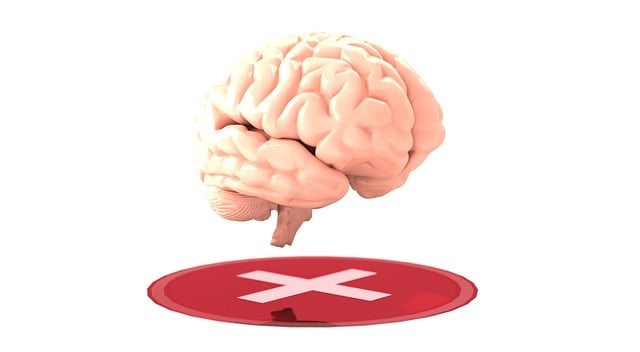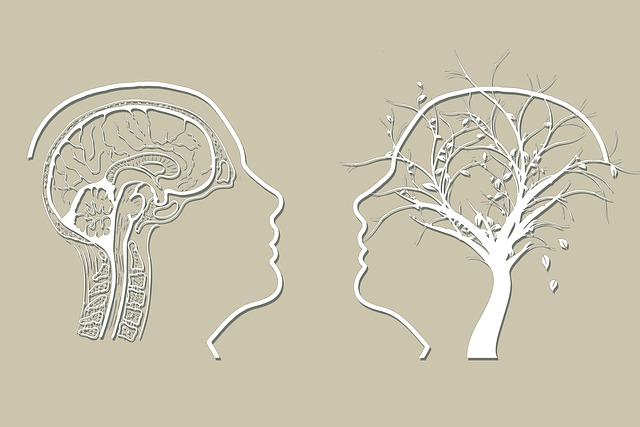Mental wellness programs are crucial for tackling Lone Tree workplace issues and providing job stress therapy. With employee mental health as a top priority, organizations aim to create a supportive culture by integrating initiatives that address stress, anxiety, and mental health challenges. These efforts lead to improved productivity, teamwork, and reduced turnover rates. By evaluating the effectiveness of programs like Stress Management Workshops Organization (SMWO) through surveys, observations, and feedback, companies can ensure tailored support for diverse workforce members. Open communication, regular check-ins, and anonymous surveys empower employees to share concerns, fostering a continuous improvement approach that transforms stressful workplaces into nurturing environments, ultimately boosting productivity and job satisfaction.
Mental wellness programs are increasingly recognized as essential in fostering a healthy and productive work environment. This article explores effective evaluation methods for such initiatives, focusing on addressing Lone Tree Workplace Issues and enhancing employee well-being. We delve into comprehensive assessment strategies, including the evaluation of Job Stress Therapy effectiveness using advanced metrics and techniques. Additionally, it highlights the importance of feedback integration and continuous improvement processes to optimize mental wellness support in organizations.
- Understanding Mental Wellness Programs and Their Importance in the Workplace
- Evaluating Lone Tree Workplace Issues: A Comprehensive Approach
- Assessing Job Stress Therapy Effectiveness: Metrics and Techniques
- Implementing Feedback and Continuous Improvement for Employee Well-being
Understanding Mental Wellness Programs and Their Importance in the Workplace

Mental wellness programs play a pivotal role in addressing Lone Tree workplace issues and job stress therapy. In today’s fast-paced work environments, employee mental health has become a paramount concern. Organizations are increasingly recognizing that happy and healthy workers lead to improved productivity, enhanced teamwork, and reduced turnover rates. These programs aim to provide support for employees’ emotional well-being, helping them manage stress, anxiety, and other mental health challenges. By integrating such initiatives, companies create a supportive atmosphere, fostering open conversations about mental wellness.
The importance of these programs cannot be overstated, especially when considering the impact of chronic stress in the workplace. Stress reduction methods, grounded in Mind Over Matter principles, offer valuable tools for employees to navigate demanding situations. Cultural sensitivity in mental healthcare practice is also essential, ensuring that diverse workforce members feel understood and receive tailored support. Such initiatives contribute to a positive organizational culture, where mental health is prioritized alongside physical well-being, ultimately leading to a happier and more productive workforce.
Evaluating Lone Tree Workplace Issues: A Comprehensive Approach

Evaluating Lone Tree Workplace Issues requires a comprehensive approach that goes beyond surface-level assessments. It involves meticulous analysis of the unique challenges prevalent in such environments, including excessive work hours, high-pressure situations, and isolated communication patterns. These factors can significantly contribute to job stress, impacting both employee mental health and overall productivity.
A holistic strategy should integrate various methods, like self-care routine development for better mental health, to counteract these issues. By encouraging employees to prioritize personal well-being and fostering open dialogue about mental illness stigma reduction efforts, organizations can create a supportive atmosphere. Additionally, developing public awareness campaigns can help educate both employers and employees on managing workplace stress, ensuring everyone is equipped to recognize and address potential problems proactively.
Assessing Job Stress Therapy Effectiveness: Metrics and Techniques

Evaluating the effectiveness of Job Stress Therapy (JST) is paramount to understanding its impact on Lone Tree workplace issues and overall employee well-being. Metrics and techniques employed in this assessment play a crucial role in gauging JST’s success. One primary method involves pre- and post-intervention surveys that measure perceived stress levels, emotional regulation capabilities, and job satisfaction. These questionnaires provide valuable insights into employees’ experiences and changes in their mental wellness states.
Additionally, the implementation of Stress Management Workshops Organization (SMWO) can facilitate empirical assessments through structured observations and participant feedback. Observing workshop interactions reveals practical applications of learned stress reduction methods, such as mindfulness exercises or cognitive reframing techniques. Combining these quantitative and qualitative approaches allows for a comprehensive understanding of JST’s impact on managing Lone Tree workplace issues and improving emotional regulation among employees.
Implementing Feedback and Continuous Improvement for Employee Well-being

Implementing effective feedback mechanisms is a cornerstone for enhancing employee mental wellness and fostering a positive work environment. By encouraging open communication, organizations can address Lone Tree workplace issues and job stress therapy needs. Regular check-ins, anonymous feedback surveys, or one-on-one discussions allow employees to voice their concerns and suggest improvements. This two-way dialogue enables managers to identify potential challenges early on and make necessary adjustments to support staff well-being.
Continuous improvement processes should be at the core of any mental wellness program. Utilizing feedback data, organizations can design tailored interventions aimed at promoting Emotional Healing Processes, boosting Positive Thinking, and facilitating Self-Esteem Improvement. Through such initiatives, workplaces can transform from stressful environments into nurturing spaces where employees thrive, leading to increased productivity and overall job satisfaction.
Evaluating mental wellness programs, particularly those addressing Lone Tree Workplace Issues and job stress, is vital for fostering a healthy work environment. By combining comprehensive assessments, such as examining workplace stressors, with innovative techniques like evaluating therapy effectiveness, organizations can implement targeted improvements. Integrating feedback mechanisms allows for continuous refinement, ensuring these programs remain effective and tailored to employee needs. This holistic approach not only enhances mental wellness but also contributes to increased productivity and job satisfaction in the workplace.














